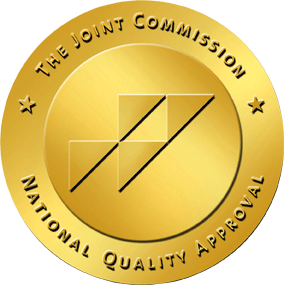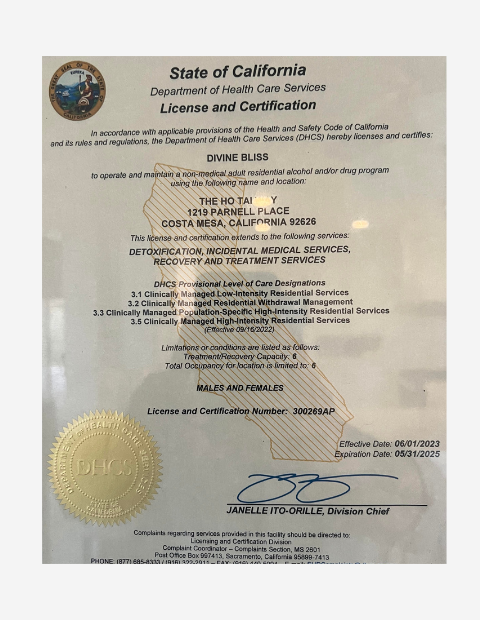Mixing benzos and alcohol is extremely dangerous due to their synergistic effects. Both substances depress the central nervous system, leading to enhanced sedation, impaired motor control, and slowed breathing. This combination significantly increases the risk of life-threatening respiratory depression, profound sedation, or coma, and can also lead to dangerous impairments in judgment and memory.
Benzos and alcohol are an unfortunately popular and incredibly dangerous drug combination. Benzodiazepines (benzos) are a class of sedatives used primarily to treat epilepsy and anxiety disorders. The most well-known benzodiazepines include Xanax (alprazolam), Ativan (lorazepam), and Valium (diazepam).
Both alcohol and benzodiazepine are legally obtainable – the first as a legal drug, and the second as a prescribed medication. While they each share their risks – especially when used recreationally – it’s the combination of the two that causes the most problems. Both benzodiazepines and alcohol are central nervous system depressants, acting on receptors in the brain that result in a calming, sedated feeling. When combined, alcohol and benzodiazepine can lead to a much faster risk of overdosing, which may stop the heart or stop a person’s breathing by bringing the nervous system to a crawl.
What Are Benzos?
Benzodiazepines are prescribed for a variety of conditions, including panic disorders, anxiety disorders, seizures, and convulsions, or to induce relaxation before a medical procedure. Because of the similar effect on the brain, low-dose benzodiazepines are also used in the treatment of alcohol withdrawal, which can be fatal without medical supervision.
Recreational benzodiazepine use is unfortunately common, in part due to the availability of benzodiazepines, and due to the euphoric effect that sometimes follows benzo use. However, just like alcohol, benzos are addictive. Benzo overdoses are rare on their own but frequently occur at parties due to the intentional or unintentional consumption of both benzos and alcohol. Because they are a potent sedative, certain benzos are sometimes used as a date rape drug.
What Happens When Mixing Benzos and Alcohol?
The primary similarity between benzodiazepine and alcohol is the way both interact with GABA receptors in the brain. Unstable (low) GABA levels are linked to symptoms of anxiety and other medical conditions, which is one of the reasons benzodiazepines may be prescribed to treat these conditions.
Naturally occurring levels of GABA inhibit a neuron’s ability to send and receive signals. In other words, the release of GABA is one of the ways the body slows you down, moderating your stress levels.
Alcohol and benzodiazepine both interact with the GABA receptors in your neurons to trigger a similar reaction, causing your nerves to listen to each other less. The result may include slurred speech, slowed reaction times, and problems with cognition and memory.
On a biochemical level, alcohol (ethanol) and benzodiazepine promote the effectiveness of your GABA receptors, which means your nerve cells are less likely to listen to each other.
The combined effects of both drugs, however, can become incredibly dangerous for your central nervous system.
Why Depressants Are a Lethal Combination
There are multiple ways in which benzodiazepine and alcohol together stress the body more than each substance.
First, combined use of benzodiazepines and alcohol put the liver into overdrive. Responsible for filtering our blood for foreign or dangerous substances, the liver recognizes ethanol and benzodiazepines are potentially harmful and work to metabolize them. During the process of metabolizing alcohol and benzodiazepine, the liver breaks them down into other harmful, and (in the case of alcohol) carcinogenic byproducts.
Second, mixing benzos and alcohol leads to a compounded sedative effect in the body, inhibiting nerve signaling to the point of causing a loss of voluntary and involuntary muscle control, which includes labored breathing.
Third, benzodiazepine use can speed up an alcohol overdose, and further complicate withdrawal. Sedative withdrawal symptoms can be severe, and sometimes fatal. This can make treatment difficult without medical supervision and medication.
Recovery and Rehabilitation from Benzo and Alcohol Abuse
A benzo and alcohol use disorder may require medical supervision and an individualized benzo detox or alcohol detox plan. Addiction is never easy to deal with, but sedative withdrawal symptoms can be especially hard on the mind and body.
Because alcohol is more readily available than most illicit substances, it can also be harder to stay sober after rehab. A dedicated, individualized treatment plan and a robust support system can improve a person’s chances of long-term success in recovery.
Conclusion
Sedative drugs increase in potency when combined. Alcohol and benzodiazepines, like Xanax, are particularly dangerous because of their availability. Physicians always make sure to warn patients about the risks of benzodiazepine misuse, and the dangers of mixing any medication – especially sedatives and tranquilizers, including anti-anxiety drugs – with alcohol. However, some people use benzodiazepine recreationally, or might not heed their physician’s warnings.
Over the long term, both benzodiazepine and alcohol abuse can result in negative physical and mental health effects, including memory lapses and liver problems. However, the biggest risk in combining alcohol and benzodiazepines is a sedative overdose, causing death.
In these cases, the combined effects of the drugs interfere with the body’s automated nervous system to the point that breathing stops. Even with a trip to the emergency room, a benzodiazepine and alcohol overdose can be fatal.
Quitting this addiction without the appropriate level of medical attention can also be dangerous. More so than any other combination of drugs, sedatives like alcohol and benzodiazepine can result in deadly withdrawal symptoms. Do focus on getting sober but consider residential rehab to minimize your risk of further health complications.
We at the Ho Tai Way provide residential treatment to women with substance use problems, including a sedative addiction such as benzodiazepine or alcohol. Because sedative withdrawal can cause such overwhelming problems during recovery, a sedative addiction can be a very hard habit to break. Our residential treatment programs center on evidence-based practices and cultivating self-awareness.
Learn more about what your treatment might look like, or give us a call.









